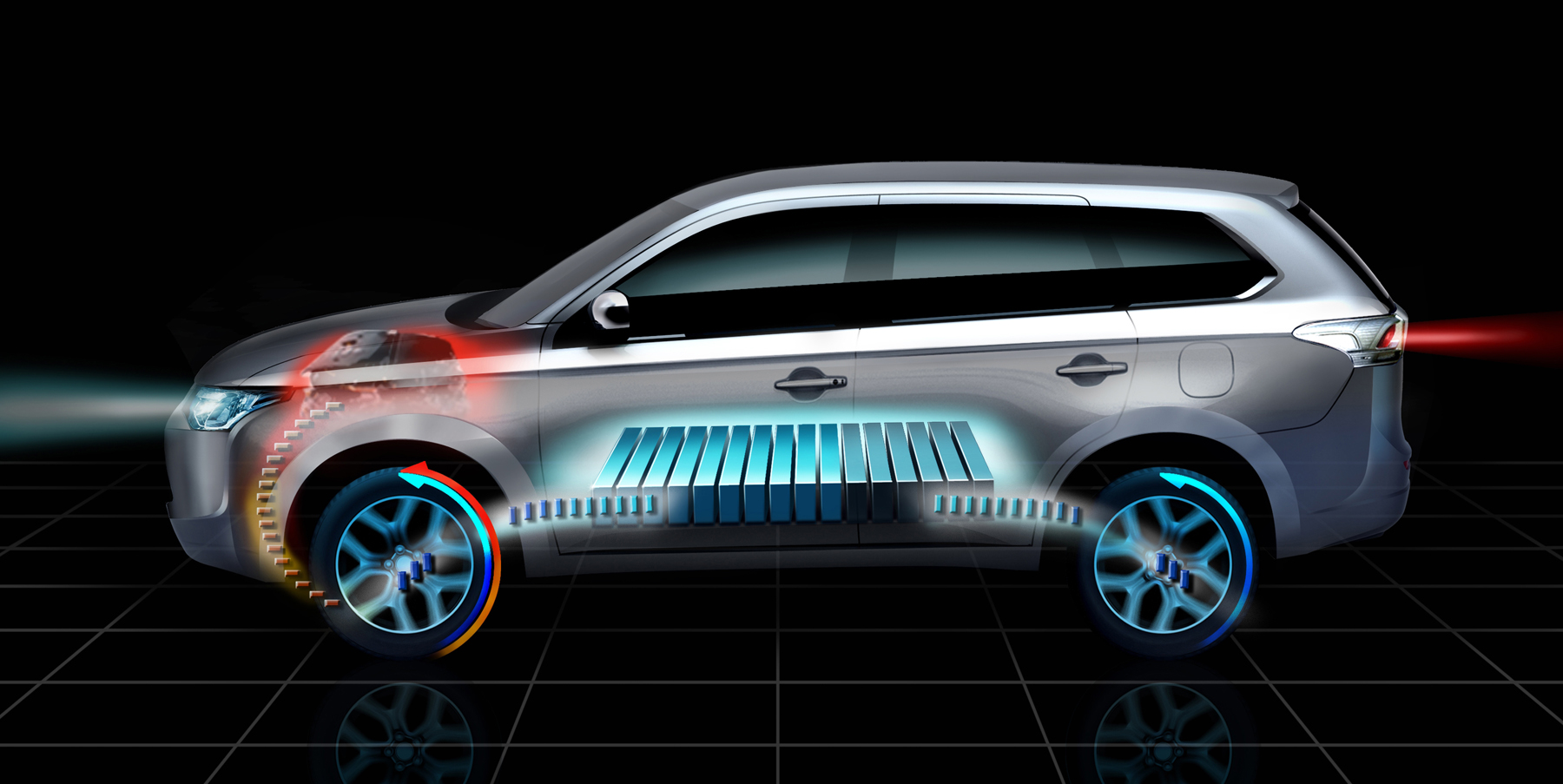
PLUG IN HYBRID VEHICLES DRIVER
As an example, the number of miles a driver can travel in an electric vehicle before the battery needs to be recharged is typically less than was the case with your gas car before it needed to be refilled. It would help if you also kept an eye out for state incentives that may be available to you.Ī car’s fuel economy is usually measured in miles per gallon of gasoline-equivalent (MPGe) after being driven for a period of time. You will be able to save money and have a positive impact on the environment at the same time because this is a great way to save gas. The recently revealed tax credit eligibility for plug-in hybrids as well as all-electric vehicles was revealed by a recent article. Even though plug in hybrid charging the battery can increase pollution at a power plant, the overall emissions associated with driving an EV are still typically lower than gasoline cars -particularly if the electricity is generated with green technologies like wind energy.Īs a result of using gasoline as the source of fuel, PHEVs produce exhaust emissions in their tailpipes. The tailpipe of EVs doesn’t emit any pollutants. Not every model is available in every state. More than 50 EV and PHEV models are available on the market today, and in the coming years, there will likely be more models released. There are many different types of EVs and PHEVs on the road today. PHEVs can be powered by gasoline or electricity, both of which can be utilized as fuels.


Plug-in hybrid vehicles (PHVs) are a combination of gasoline-powered and electric vehicles – they can be used in both environments and have a battery, an electric motor, and an internal combustion engine on board. An electric vehicle (EV) does not contain a gasoline tank, nor do they possess an internal combustion engine, but rather an electric motor.


 0 kommentar(er)
0 kommentar(er)
